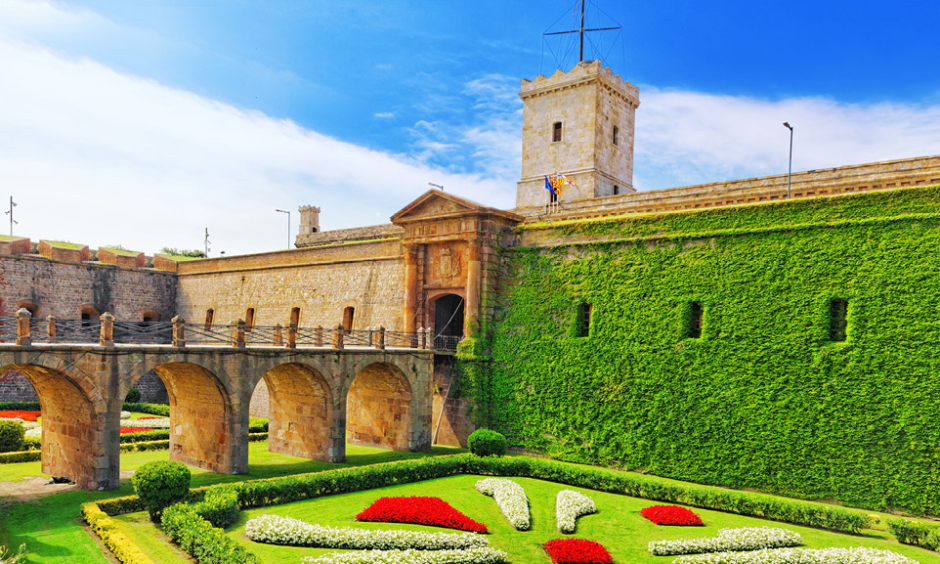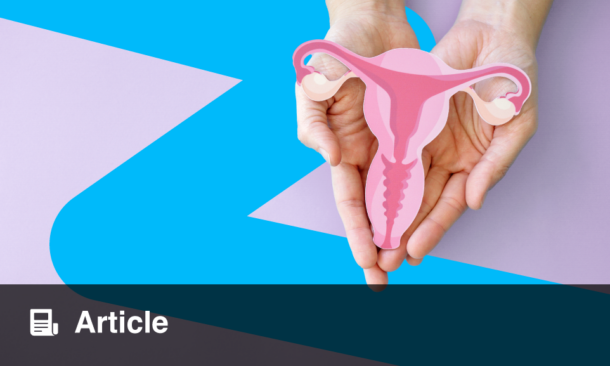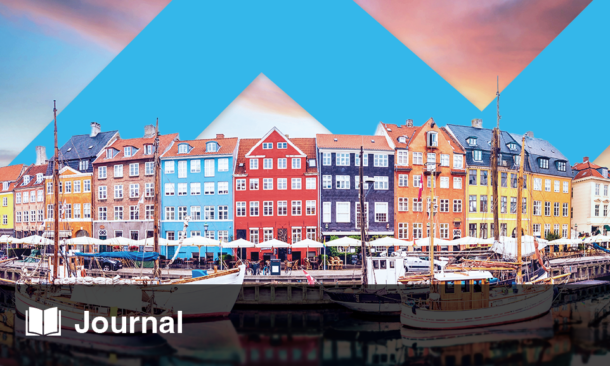Written by James Coker | Reporter, European Medical Journal | @EMJJamesCoker
![]()
The 34th edition of the annual congress of ESHRE will take place in the vibrant Catalonian city of Barcelona, Spain, where the research presented, in addition to the weather, should reach soaring levels. As always, this event will enable professionals in the field of reproductive health to hear the latest research, digest the views of expert speakers, and network with clinicians, researchers, and industry representatives. Held at the Centre de Convencions Internacional de Barcelona (CCIB), located very close to the Mediterranean seafront, ESHRE attendees are sure to be entertained as well as informed throughout the 4 days, from 1st–4th July 2018. The EMJ team will be out in force for the event’s duration, preparing our subsequent review of the congress in the next edition of the EMJ Reproductive Health eJournal, which will be published in August.
History of the Congress
The first ever annual meeting of ESHRE was in 1985, in the German city of Bonn, with 650 attendees. While ESHRE was conceived beforehand, the society was officially founded during this meeting. This year will be the third occasion that Barcelona has hosted the event; the first time was for the 4th edition of the congress, back in 1988, and this attracted 800 participants.1 Attendance passed the 1,000 mark for the first time during the 7th Annual Meeting of ESHRE in 1991, organised jointly with the 7th World Congress on IVF, with 1,141 in attendance.2 To put the growth of the congress into context, attendance figures have exceeded 10,000 at several recent congresses, for example in London in 2013 and Lisbon in 2015.3
Last Time Out
The cosmopolitan city of Geneva, Switzerland, played host to last year’s ESHRE Congress from 2nd–5th July 2017, and provided a platform for a plethora of groundbreaking studies in reproductive health, sure to have major implications in the future. A thorough analysis of the event was published in the 2017 edition of EMJ Reproductive Health and included news of a study outlining the advances in artificial intelligence, which can improve morphological assessment of embryo quality; an assessment on how the number of eggs retrieved during an IVF treatment cycle is associated with the quantity of chromosomally normal embryos available for transfer; and the effect of the age of males on live birth rates in couples using IVF to conceive. All of this and more can be read by clicking here.
Important Timings
There are four major community events taking place at this year’s event. The Opening Ceremony is due to take place on Day 1 of the event, Sunday 1st July, in the auditorium at 19.00, with the subsequent Welcome Reception continuing until 22.00 in the exhibition area. On Monday 2nd July, all participants have the opportunity to take part in ESHRE’s charity run, beginning at 18.30. The distance is 5 km and funds will be raised for patient groups throughout Europe. The following day features a highly anticipated networking event, including food, drinks, and entertainment, at a restaurant called Bestial in a stunning location by the sea. Finally, to bring proceedings to a close, the Closing and Award Ceremony will be held after the final scientific session has ended, from 15.30–17.00 on Wednesday 4th July. Included in the awards section will be the unveiling of the winners of the best oral and poster communications.4
Hot Topics
A variety of session types will cover the wide range of congress topics that will be making up the scientific programme throughout the 4 days. These areas include the following: Andrology; Embryology; Endometriosis; Ethics and law; Female fertility; Female infertility; Fertility preservation; Implantation and early pregnancy; Nursing and midwifery; Psychology and counselling; Reproductive (epi)genetics; Reproductive endocrinology; Reproductive epidemiology; Reproductive surgery; Safety and quality in ART; and Stem cells. The nature of these subject areas means that there will be plenty on offer for all specialities in the field of reproductive health, as well as for those who want a more general overview of the latest news and research.
Social Media
The best places to get the most up-to-date news from the congress will be via the official ESHRE social media channels. Their Facebook page can be found here: https://en-gb.facebook.com/eshre.eu/ and their Twitter account is @ESHRE.
The EMJ team in attendance will also be providing plenty of real-time updates throughout the 4 days. Feel free to follow our Twitter accounts @EMJReviews and @EMJReproHealth to hear and engage with the debate! Remember to include the official congress hashtag #ESHRE2018 when posting your thoughts about the event on social media.
History of the City
Barcelona was founded by the Romans at the end of the 1st Century BC, and they named the colony Barcino. Following reconquest of the city by Christians following 200 years of Islamic rule, starting from the early 8th Century, Barcelona developed into a highly prosperous city at the economic and political centre of the Western Mediterranean area throughout the medieval period, until the 15th Century. However, there followed a period of decline, and in 1714 Barcelona was captured by the House of Bourbon, with control taken by King Philip V. This led to the Catalonian people’s identity and rights being suppressed. A cultural recovery then began in the mid-19th Century, precipitating the creation of some of Barcelona’s most iconic buildings, such as the Casa Milà, Casa Batlló, and Sagrada Família in the 20th Century, which were designed by the renowned architect Antoni Gaudí. However, after the Spanish Civil War of 1936 and the subsequent establishment of the dictatorial rule of General Francisco Franco over Spain, the unique Catalonian cultural identity was once again suppressed. With democracy reinstated in 1978, Barcelona has re-emerged as a vibrant and economically strong region. The hosting of the Olympic games in 1992 gave the city a major boost in international recognition, as did the development of its artificial beaches in the same year, which have become a hotspot for locals and tourists alike.5,6
Places to Visit
There is a huge amount to see during a stay in Barcelona, and here are just three of the main attractions:
Camp Nou: The city is home to one of the world’s biggest and most successful football clubs, FC Barcelona. You can enjoy a tour their iconic stadium, Camp Nou, as well as find out all about their history in the official museum.7
Beaches: The series of artificial beaches along the Mediterranean coastline are fantastic places to spend time sitting and relaxing, or take a stroll following a full day at the congress.8
Basílica i Temple Expiatori de la Sagrada Família: This is probably the most famous of Barcelona’s many cathedrals and is renowned for its continued construction; the work originally started in 1882 following the building’s design by Gaudí. With stunning architecture to observe inside and out of the building, this is a must-see monument during a stay in Barcelona.9
Here at the EMJ we cannot wait to hear about the latest discoveries and debates in the field of reproductive health at ESHRE 2018, and we will be on hand to listen to and engage in everything that happens. Please feel free to come and say hello if you see us around, or else don’t hesitate to get in contact if you would like to arrange a chat during the meeting. We are always interested in the views of healthcare professionals to further inform our publications!
REFERENCES
- ESHRE. A short history of ESHRE. 2005. Available at: https://watermark.silverchair.com/249.pdf?token=AQECAHi208BE49Ooan9kkhW_Ercy7Dm3ZL_9Cf3qfKAc485ysgAAAcUwggHBBgkqhkiG9w0BBwagggGyMIIBrgIBADCCAacGCSqGSIb3DQEHATAeBglghkgBZQMEAS4wEQQMCfZxpgU_voUuQXHdAgEQgIIBeNPAR6PdGRdhxsW7SdPwscAB8SW7CE0wevZMH2_VDWBaLzjRqvLpmB35aCZCeA1kQIgc1eLnGnZt4iaJj-QcGJ8lP6HemEwUXN-RL75PYtV0CeJbQI3hNU4OZcCC5mz5EX5ARgvj1utwLEzQOjBv8W4ES0sOKrWoMrgGX0RGFJJfIEuYkzEPCHbVKfZrTQmolGO-gdoraRNUf6P_cSNa3r7fcbawgT0U6AeiwkeouO2EFWmo18ZbTLDlys0I8OK0D7hHqEnBl8b_D0TcCXL3KOQ4Zmko3zycVfR1wRmetmgCdNixK3fhbUTdEoJjeOHpduxBTUIow8CLgPqTysmFj7Mf2itDtcz854ZKgBuTFlqD3JXUdskTKZ4nqQH6UkyRUgc8WfbugrAx7A1rQ–p4kt9tHdxrrb2J-via6ES-akz_QfrF1n02eKICegOD0trhcpF-yMtx-EX5z12i2HgR4NdoVGITOmo0T5KOETB1v4mLpppF-Hg_oQ. Last accessed: 18 June 2018.
- ESHRE. Focus on Reproduction. 2018. Available at: https://www.eshre.eu/publications/focus-on-reproduction.aspx. Last accessed: 18 June 2018.
- ESHRE. ESHRE Annual Report 2016. 2017. Available at: file:///C:/Users/James%20Coker/Downloads/Annual%20Report%202016_LRsmall.pdf. Last accessed: 18 June 2018.
- ESHRE. ESHRE 2018 Community events. 2018. Available at: https://www.eshre.eu/ESHRE2018/Programme/ESHRE-2018-Community-events.aspx. Last accessed: 18 June 2018.
- Visit Barcelona. History. Available at: http://www.barcelonaturisme.com/wv3/en/page/43/history-of-barcelona.html. Last accessed: 18 June 2018.
- Catalonia Today. Exploring the Bourbon legacy. 2014. Available at: http://www.cataloniatoday.cat/article/111-features/794103-exploring-the-bourbon-legacy.html. Last accessed: 18 June 2018.
- FC Barcelona. Camp Nou Experience Museum & Tour. Available at: https://www.fcbarcelona.com/tour/buy-tickets. Last accessed: 18 June 2018.
- Tourist Guide Barcelona. Relax On One of Barcelona’s Beaches. Available at: https://www.barcelona-tourist-guide.com/en/attractions/barcelona-spain-beaches.html. Last accessed: 18 June 2018.
- Basílica i Temple Expiatori de la Sagrada Família. History of the temple. Available at: http://www.sagradafamilia.org/en/history-of-the-temple/. Last accessed: 18 June 2018.








